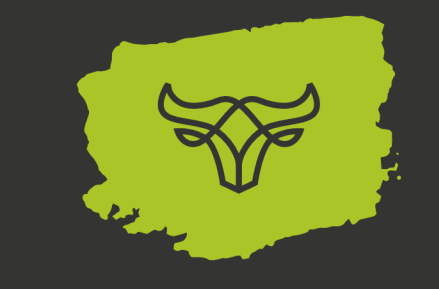How a ranked voting system will save Democracy! — Part 2
In the last article, we discussed the demerits of the current electoral system. And its skewed advantage to the ruling party.
https://viswaram.com/how-a-ranked-voting-system-will-save-democracy-part-1-0770abf37415
The incumbent Gov. has access to the public distribution system directly or indirectly influencing 75% of the Indian population. Unless they goof up or really piss off the voters — their chances of getting re-elected are higher.
Let us now introduce a ranked voting system — an attempt to save democracy. We are assigning weights for the preference of every voter. A voter has to compulsorily select 3 candidates with the following weights.
- Choice1–55% weight
- Choice2–30% weight
- Choice3–15% weight
Let us now give names to these candidates so that the comparisons become quite insightful. The name of Choice1 will be MAPI, choice2 will be RAPI and choice3 will be KAPI. MAPI is the current leader, RAPI is the first challenger and KAPI is the underdog. Since MAPI is the leader — his chances of getting re-elected are higher due to his influence on PDS and other Governmental programs.
Our attempt here is to reduce foul play and restrict the cash-for-votes, job-for-votes, gift-for-votes to an extent. Let us assume that 100% of eligible voters cast their vote in the following order.
Case 1: 61% of voters preferred MAPI as their first choice, RAPI as 2nd, and KAPI as third. The rest selected RAPI as their first choice, KAPI as their 2nd, and MAPI as their 3rd.

This is how the final results will look like. RAPI will win by a narrow margin over MAPI. The point I am trying to prove here is that despite the undue advantage MAPI has as a leader of the current ruling Government, RAPI can win if he is a real preferred challenger.
Even if MAPI buys votes via cash, jobs, or gifts — he can only generate a 55% weight per voter. Considering the lower probability of getting the full weight, he will choose not to play foul.
Even if MAPI manages to cast his influence on the voters, their 2nd preference always goes to their natural “true” leader. If the challenger is a true people’s champion — this case plays out pretty well for him. You can also note that KAPI even though finished 3rd is still a contender as 39% of all people preferred him as the 2nd choice over the popular MAPI.
Case 2: 50% of voters preferred MAPI > RAPI > KAPI and the other 50% chose RAPI > KAPI > MAPI

Under this model, RAPI will win by a good lead i.e. 42.5% vs 35% against MAPI.
Case 3: 75% of voters preferred MAPI > RAPI > KAPI and the other 25% chose RAPI > KAPI > MAPI

In this scenario, MAPI will win. If MAPI is the truly deserving candidate a higher percentage of people preferring him over his next competitor plays to his advantage. In the real-life scenario if the current ruler is people’s favorite — then he should be getting spread of votes.
This system can be tweaked with the percentage weights assigned or multiple cases mathematically modeled. We can also try keeping the option that the voters can select only 2 options and not 3, wherein the votes carry 65% and 35% each for the respective choices.
Again this is a concept that requires a lot of computation & commutation, hoping we can derive a model that will give the participating candidates a fair probability.
